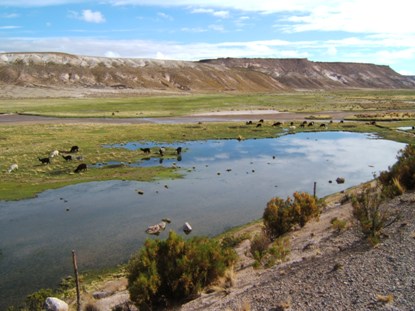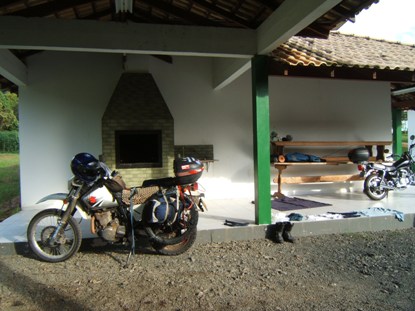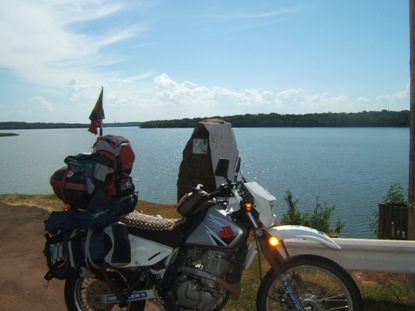1. Introduction
A dream of many years, now getting shape.Back in 1974 when we (my brother and me) had our first bikes (Kawasaki 100cc) and rode up and down our mountainous country, we started thinking about riding through South America. We used to know about Peruvian-Chilean desert, Machu Picchu and other sites ..but no more. As not to many people at that time used to travel by road to distant southern countries, we speculated that Atacama, that appeared in the maps as a grand barrier, would be impossible for bikes, may be at night.. .., but not more. And the dream began.















 .
.







